The commercialism and profitability of the Premier League (and others across the world) has begun to spiral out of control in recent years. For the sixth year in a row, transfer spending has outstripped the previous year, with a gross spend of £1.165bn in the summer of 2016; a figure we expect to see broken in the approaching transfer window. Compare this to the comparatively tiny £260m spent ten years ago in the 2006/07 window. This isn’t simply a case of inflation, exporting the Premier League has become a monstrous business.
Under the new £5.136bn television sponsorship deal, a huge 71% increase on the previous 3 years, last place Sunderland, received £99m, £6m more than Leicester City received as Champions under the old 2013-16 deal. Combine that with the increasing five and six figure salaries per week for teenagers, Anthony Martial (Manchester United) £65,000, Raheem Sterling (Manchester City) £180,000 and Kylian Mbappe’s (AS Monaco) current £24,000 per week will no doubt turn to 6 figures if any of Europe’s circling giants win his signature.
It is easy to see why many supporters of the game have become disillusioned and see many players as “money grabbing prima donna’s” who are more interested in their appearance bonus each month than playing for the badge and supporters. Although admittedly at times this can be a slightly overstated stereotype that is perpetuated by the social media rich environment that football now inhabits.
The influx of foreign investors into the game has had huge commercial, economic and social impacts on our beloved game, both positive and negative. Roman Abramovich invested £578m into Chelsea FC between 2003 and 2008, transforming them from a mid-table team to domestic and European powerhouses, winning two Premier League titles and becoming European Cup finalists. In 2012, they finally achieved their ultimate European goal of a Champion’s League Trophy, after £1bn in investment.
Sheihk Mansour, a billionaire owner of Abu Dhabi United Group, acquired Manchester City Football Club in 2008 and has since invested over £1bn into the club, achieving similar domestic honours but still waiting for European glory. Controversy surrounded the clubs naturally as they were plunged into debt and there were serious questions raised over the Financial Fair Play regulations and the spending that accrued. Chelsea didn’t announce a profit until 2012, nine years after Abramovich’s original investment, whilst it took until 2015 for Manchester City to see a profit, seven years after their original investment.
However, it is undeniable that this influx has resulted in many world class footballers coming to the Premier league. It has quickly become by far the most watched and exported league in the world featuring some amazing talents that may never have played in England were it not for foreign investment; Didier Drogba, Claude Makelele, Arjen Robben, Sergio Aguero, David Silva and Yaya Toure, to name just a few. The Premier League’s overseas T.V. rights are set to increase from £2.23bn in the 2013-16 deal to over £3bn from 2016-19. This figure is more than La Liga, Bundesliga, Ligue 1 and Serie A’s total domestic and overseas television rights combined, a quite staggering statistic. But arguably, there is another factor which has had an even bigger impact on the football world as a whole, the rise of social media.
In the mid 90’s, fans interacted and watched their favourite team and players through magazines, television, teletext scores, newspapers, and occasional interviews. The direct interaction was very limited to radio or sport programme call in’s, attending the games and season ticket holders. The top players had an untouchable aura around them in the eyes of many average fans. They were living the dream, held on a pedestal, seen as heroes and were respected, if not always adored. If a player had a bad game, they had to endure a painful analysis on Match of the Day and the Sunday papers before putting their head down all week in training, in hope to put things right the following game.
As technology advanced and media became more interactive, fans had more access and direct points of contact with clubs and their day to day goings on. The development of online sport forums allowed quick and easy point of contact with other fans and free flowing discussion and debate. As media has become more decentralised there is an ever growing body of in depth articles on various aspect of the sport, the clubs, and the players.
As the internet and social media have grown, so has our access to the players, the emergence of Facebook in 2008 and Twitter in 2010 further narrowed the shrinking gap between fan and player. Club and player pages, posts, videos, live chats, and instant news seemed to enhance the game and captivated the public in a way that never seemed possible. Personal tweets between a player and an adoring fan, or a live Facebook team chat, engages the senses of so many, humanises the players incredibly and endears many fans even further. The positive impact is clear for all to see. But as with many advances in technology, callous and poisonous elements become apparent that could become increasingly toxic if left unchecked.
Trolling, bullying, conspiracies, and video shaming have now become an everyday occurrence online, every click and interaction is open to scrutiny and ridicule at any time day or night. Players and clubs have millions of followers from all walks of life around the globe and, as it is with any popular social media account, the comments sections can quickly descend into a hotbed of vitriol and hatred. A bad game can lead to a barrage of online hatred and ridicule and emerging talents can find their confidence slipping away at the hands of zealous ‘fans.’ Tom Cleverley and Marouane Fellaini left Twitter altogether when playing for Manchester United after the vitriol they received after perceived poor performances.
The effect of social media on players can often go unnoticed by pundits and commentators, but the constant pressure and spotlight focused on a player’s every move can take a mental toll, especially when a player is struggling for confidence. Whilst wages and fees continue to spiral upwards and technology continues to break down the barriers between player and fan, this trend is only likely to continue. Premier league players are no longer working-class heroes, they are the very richest and most privileged in society and public perception is unlikely to shift in the opposite direction whilst arguably under-performing players continue to get pay-rises. Without intervention these two forces will continue in a viscous cycle.
This could have a huge detrimental effect to the long term success and support of our clubs and players. A wage cap is a continual talking point and suggestion to help curb the lavish and irresponsible lifestyles associated with footballers, especially the teenage prodigies who haven’t kicked a ball professionally for more than six months. Yet this is unrealistic as top clubs are unlikely to give up their power to offer higher wages as an incentive to sign with them. What is more realistic is a social media scarf, tightening every year, to ensure players can be insulated from backlash, although this could be seen as attempting to cut players off from fans. It’s up to individual clubs to decide what is best for their players and their fans, in both the short and the long term.
If you enjoyed what you read here you can follow us on Facebook, Twitter, and Instagram to keep up to date with everything we are covering, or sign up to our mailing list here!


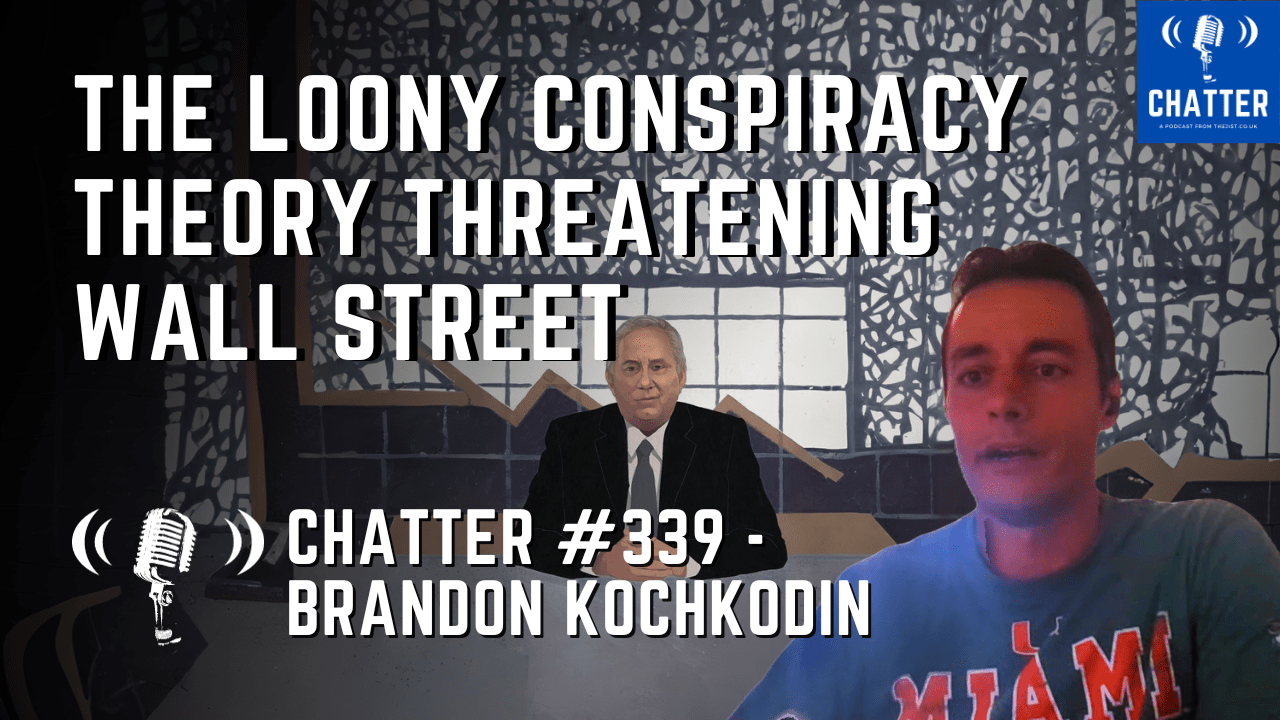
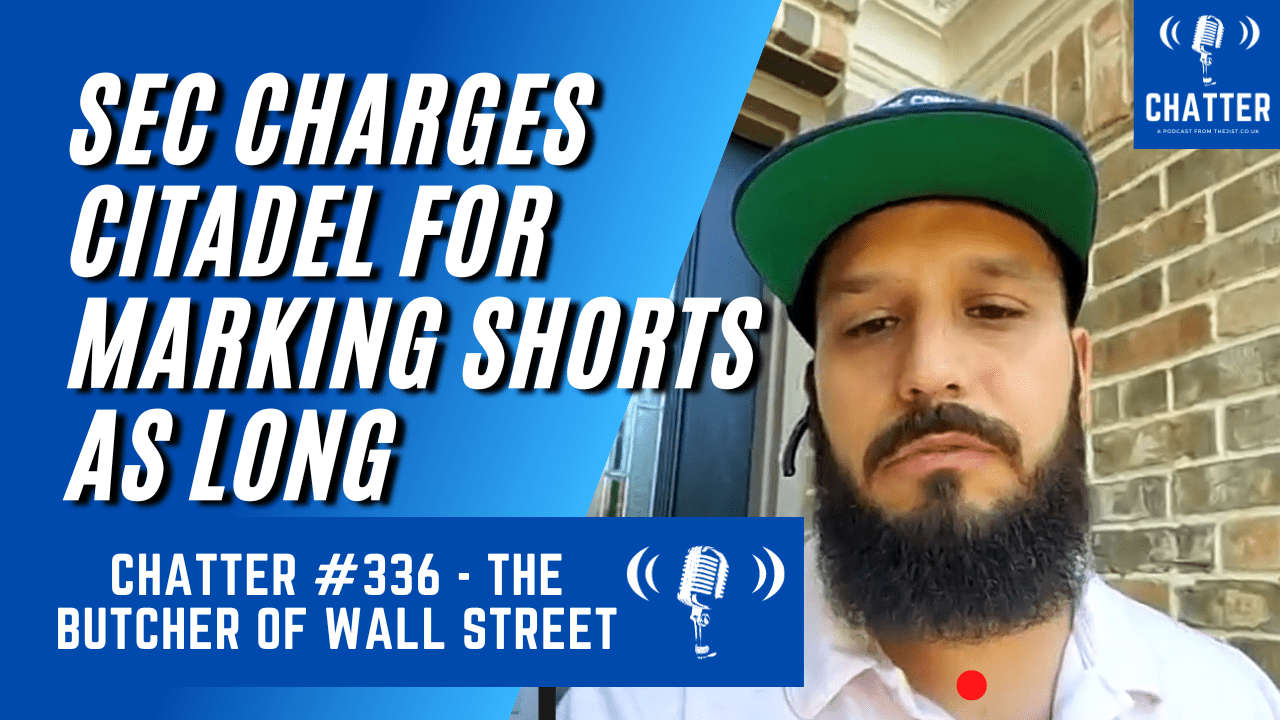
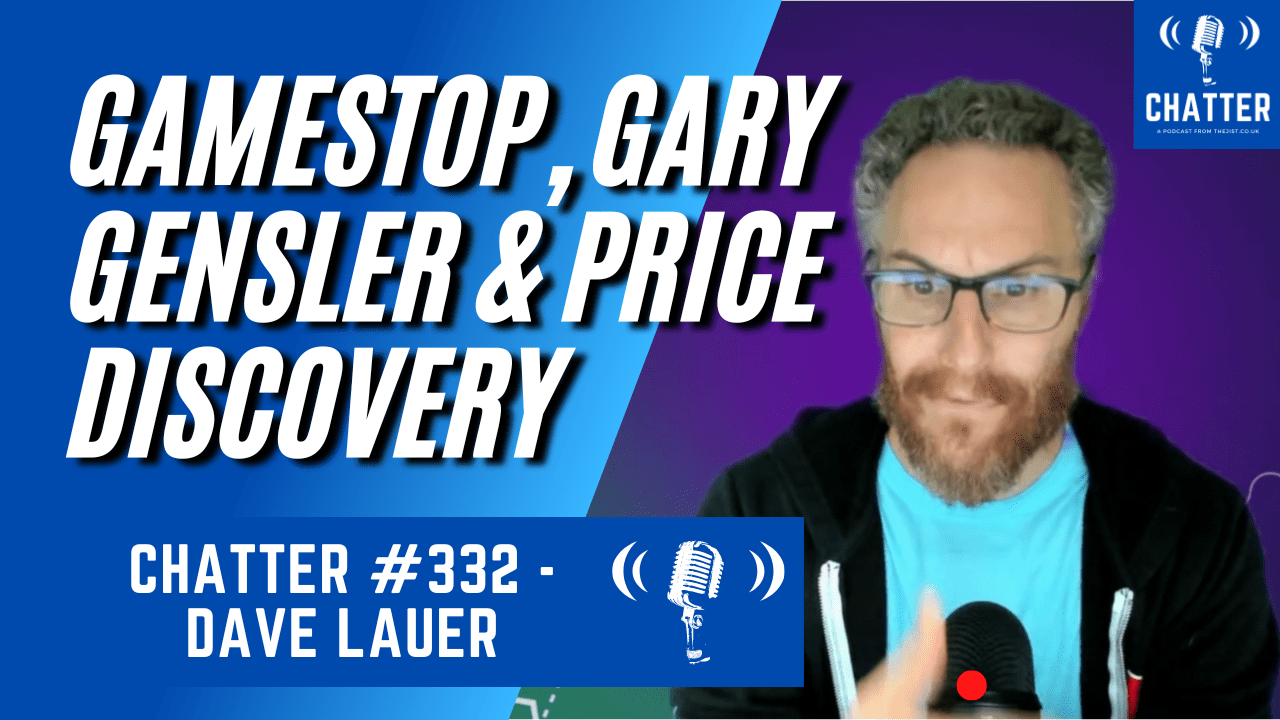
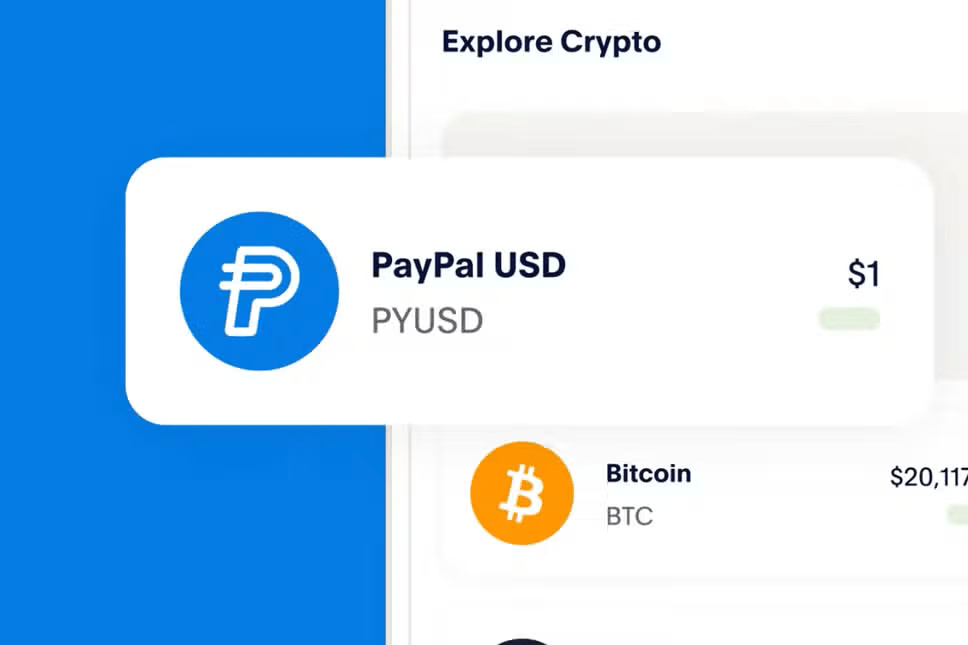
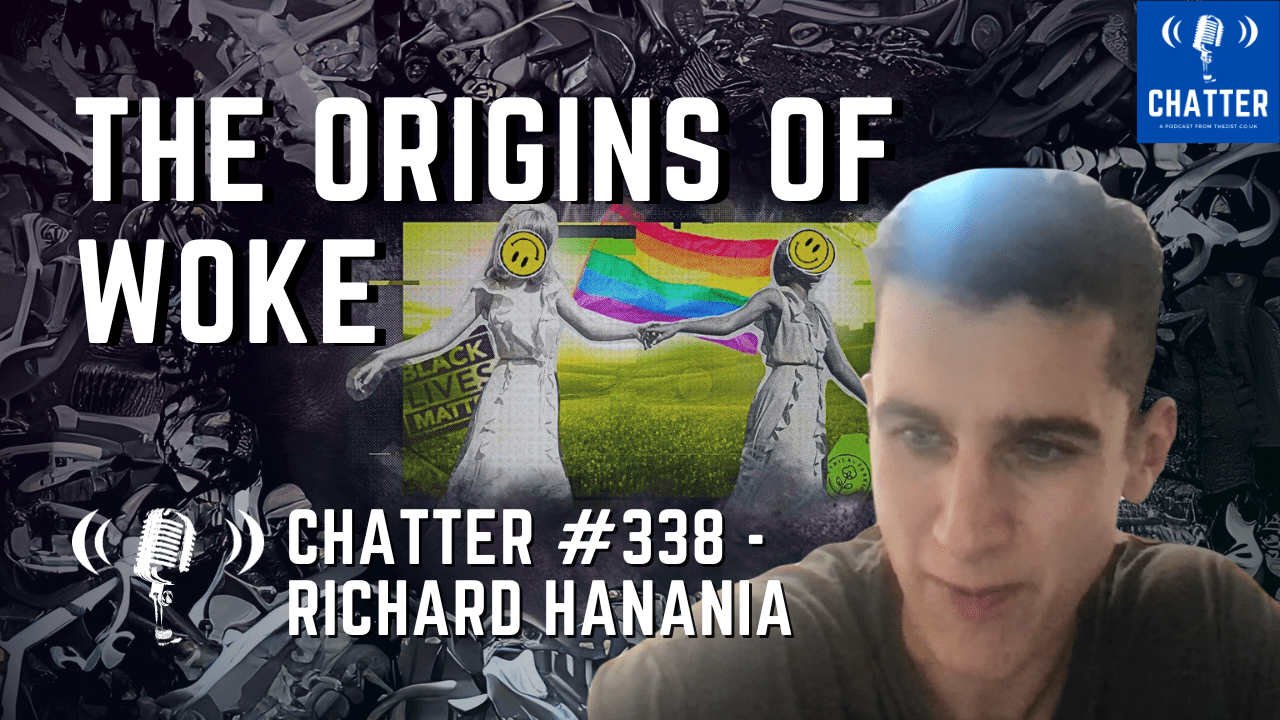


August 18, 2017 at 12:37 amIt is a truth that the largest part of the world’s news provision is controlled by right wing moguls. Their aim is to further the cause of capitalism and increase the planet’s differentials between wealthy and those in need. Left Insider offers left wing news from reputable news sites like Left Futures, Red Pepper, Novara, The Canary, Buzz Feed, Left Foot Forward etc. We all have the birthright to fully exploit our own qualities and we all have the duty to help others achieve theirs.
August 20, 2017 at 11:36 amIt is a truth that the largest part of the planet’s news provision is owned by right wing moguls. Their aim is to spread the virus of capitalism and increase the planet’s gap between rich and those in need. Left Insider provides left wing news from reputable news sites such as Left Futures, Red Pepper, Novara, The Canary, Buzz Feed, Left Foot Forward etc. We all have the right to fully exploit our own qualities and we all have the obligation to help others achieve theirs.